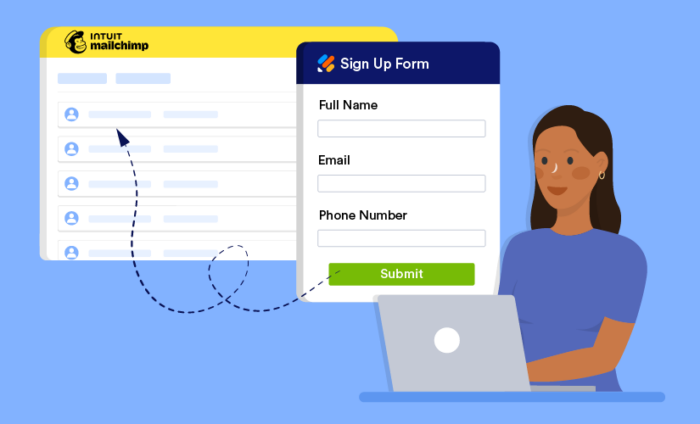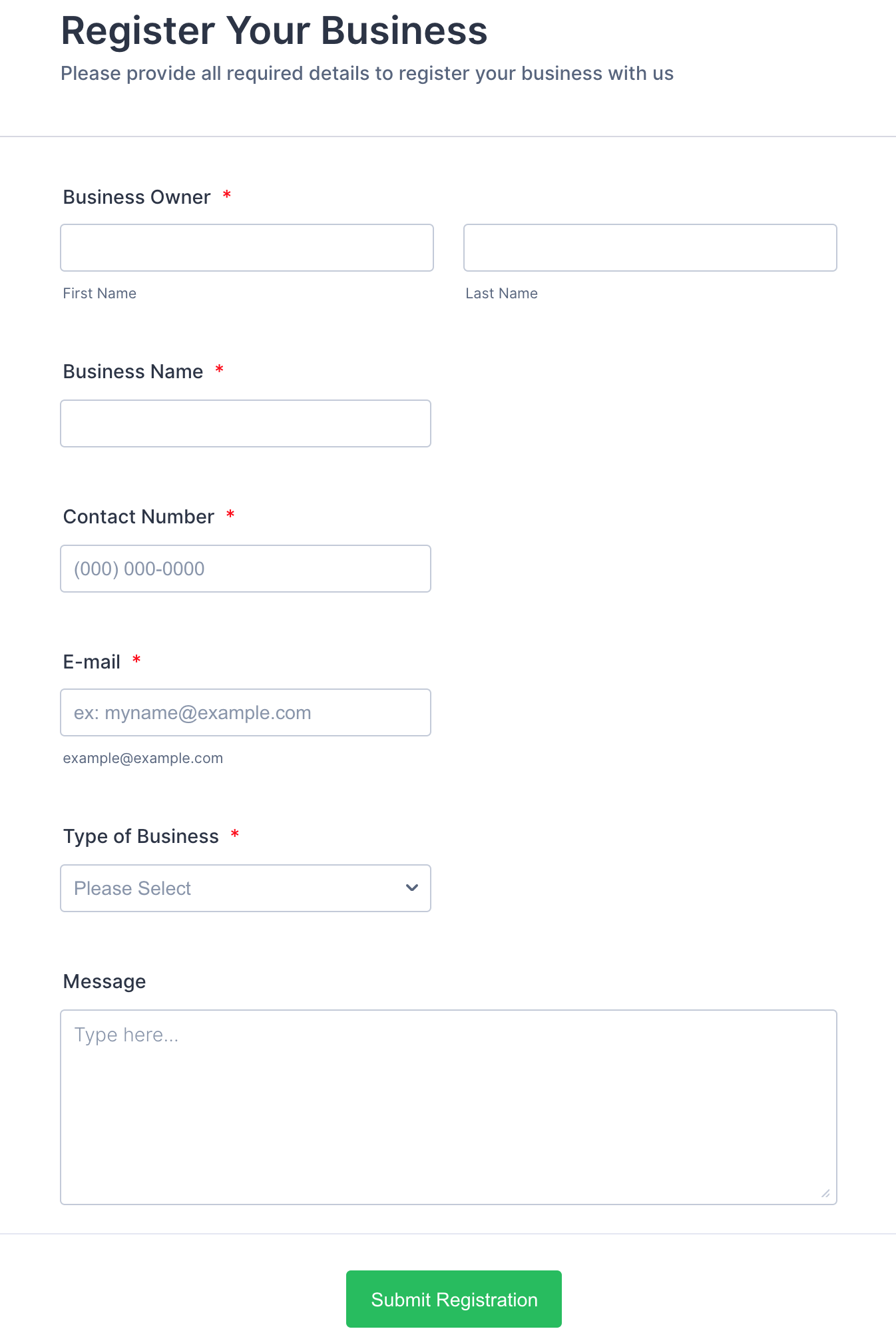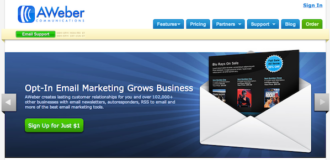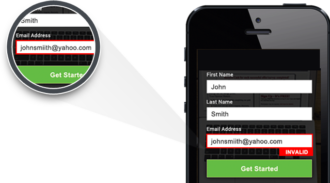You’ve likely heard of Mailchimp. The marketing platform that does a little bit of everything is everywhere these days. You can use it to level up your marketing practices, send out mass emails, and build forms to send within these emails.
That last feature is what we’re going to focus on — namely, how to create a signup form in Mailchimp. Mailchimp’s Form Builder is a helpful tool for building, sharing, and translating your goals into an easily digestible form.
The signup form, in particular, is beyond dynamic — for instance, you can structure it around a study you’re running or an event you’re holding. The best part? Once you know how to create a signup form in Mailchimp, you’ll have new contacts and connections to store for future use.
Think of Mailchimp’s Form Builder as the carrier pigeon you attach your messages to — it’s trained to go where you want and holds the information you want to deliver.
Here’s how to create a signup form in Mailchimp.
Design from scratch
Mailchimp’s Form Builder includes three different tabs — Design It, Translate It, and Build It. In the Build It tab, you can add the content of your form and structure it to meet your needs. You can also choose audiences and customize settings, so everything’s just right before your emails go out.
Meanwhile, in the Design It tab, you can choose the fonts, colors, and graphics for your form and response emails. Any changes you make here are essentially to a master document — subsequent pages or emails in your workflow will adapt to your choices and ensure consistency.
Finally, with the Translate It tab, you can translate your form into different languages, ensuring you take care of all your users.
Customize to your users’ needs
Mailchimp includes a subscription function that allows you to adjust how your email recipients subscribe to your service. You can ensure security by adding a double opt-in, which means they’ll enter their email address and receive a secondary email — which you can also design — to verify their identity.
You can also create an email to welcome new subscribers once they’re set up. Mailchimp works in succession — if your readers or users initiate one action, you can make sure they get a greeting with a subsequent follow-up action.
The same is true for unsubscribe emails — you can prompt a user to fill out a form with their email to confirm they’d like to unsubscribe. Mailchimp allows you to be proactive in customer feedback.
Embed to your heart’s content
Your Mailchimp forms will have various components, which means you’ll have to perform different operations within these components. Thankfully, Mailchimp has you covered, especially when it comes to embedding from other form builders. Essentially, if you have a website and want visitors to fill out a form that’s compatible with Mailchimp, embedding is the way to go.
This takes a bit of coding, but here’s the gist: By adding Mailchimp information to your form code and inserting it into a form you’re hosting on your site, you can bring the two together. With this information in place, you’ll be able to move your subscriber data to Mailchimp. It’s a nifty tool that requires a delicate touch, but you’ll be glad to have it.
Team up with Jotform
Mailchimp and Jotform are like peanut butter and jelly — they work extremely well together. When you’re thinking about how to create a signup form in Mailchimp, consider all of the options at your disposal. If you want to create forms based on registration sheets or referral programs, for example, Jotform has templates specifically designed for that.
And once you choose a form, you can easily embed it into Mailchimp. Carrying out your day-to-day business operations is as much about preparation as it is execution, and with Jotform, you’ll have a springboard to design, tinker with, and create forms that go straight into your Mailchimp workflow — and eventually to your subscribers.
Take advantage of the integration
Jotform doesn’t stop with template building when it comes to working with Mailchimp. Its Mailchimp integration unlocks further email list and contact entry capabilities. Connecting the two makes it easier for your users to fill out forms, which helps you gather the most information and ensure a higher response rate. You can also sync your Mailchimp contacts from these responses and automatically create lists to eliminate manual input.
What’s more, Jotform has adapted to Mailchimp’s improvements. You can now merge Jotform fields into Mailchimp and gather real-time contacts from form responses so you can analyze information and draw conclusions immediately. Integrating is pretty simple, so once you’ve paired Jotform and Mailchimp, you’ll never look back.
Leverage a perfect pair
Mailchimp and Jotform are great platforms on their own. But like the Avengers or the Justice League, they become more powerful when they team up. You can use thoughtfully designed forms from Jotform to grow your Mailchimp contact lists and demonstrate to users how much you value them.
When it comes down to it, Mailchimp and Jotform really are the email world’s strongest — and most effective — one-two punch.



































































































Send Comment: